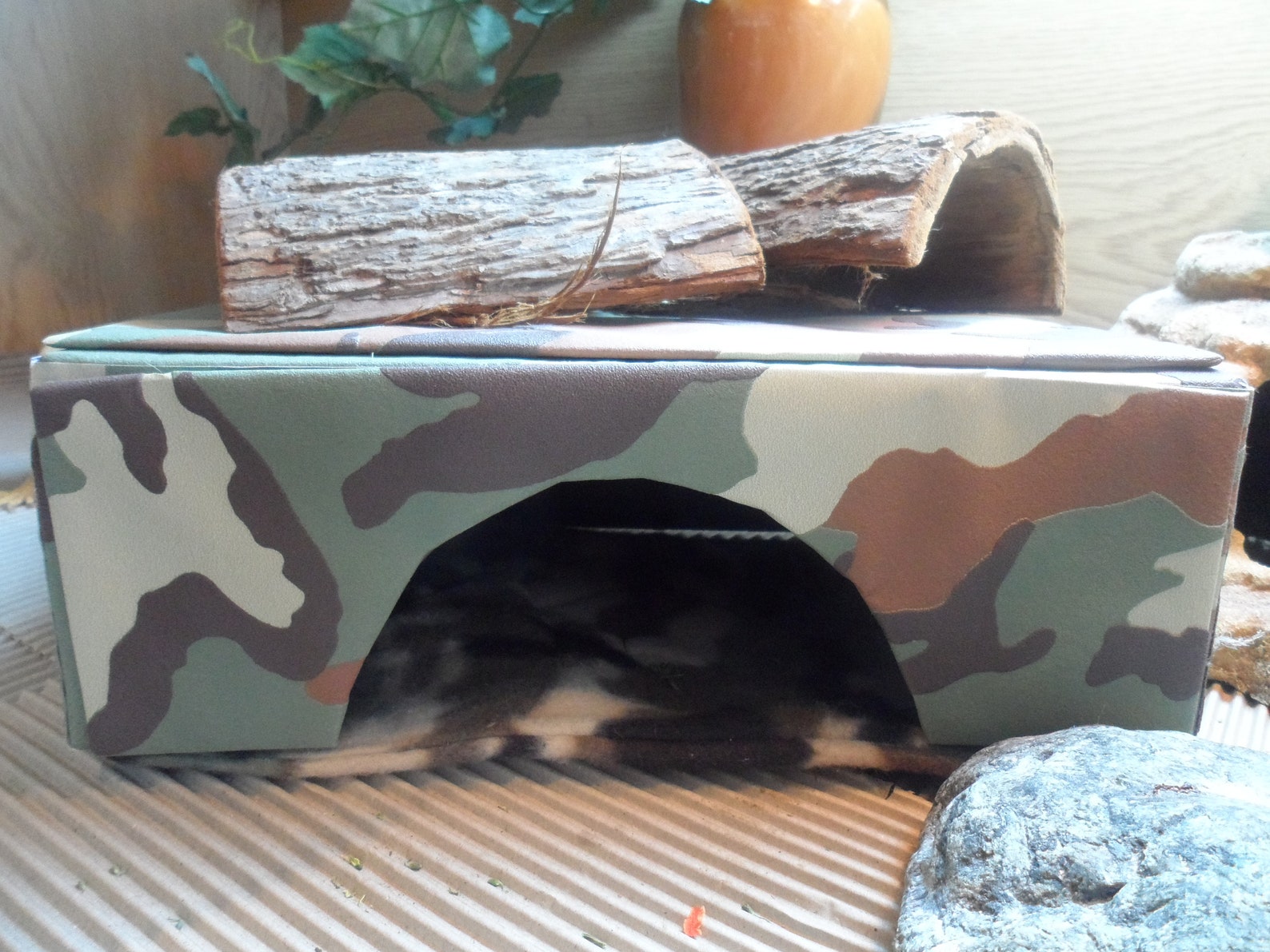

Many beardie owners have trained them to do different behaviors, including going out for walks on a leash. Their social awareness is part of what has made them such spectacular pets. This usually comes in the form of a powder that you can put on live insects before feeding them to your lizard.īearded dragons are intelligent and can recognize their owners. In addition to food and fresh water, they should get a calcium supplement twice a week. You will notice they drink the water coming down from their body, as it mimics what they would do in the wild. This is a natural behavior and all you need to do is keep a spray bottle nearby to mist your beardie a few times per day. You may also notice your beardie doesn't always drink from their bowl. The water in the bowl should be less than an inch deep to avoid drowning. However, if you notice the water getting dirty or murky, it should be changed sooner. As a general rule of thumb, their bowl should be cleaned out daily and refilled with fresh water. Fruits should be fed in moderation due to their high sugar content.Īlways provide your beardie with fresh water. They can also eat fruit as an occasional treat.

Adults should get about half of their daily diet from fresh vegetables. They can also get their protein from commercially prepared and age-appropriate lizard food options.īeardies should get fresh veggies daily, with about ¼ of a young beardie's food made of fresh veggies. Proteins must be provided in the form of insects, including waxworms, earthworms, mealworms, cockroaches, and crickets. You may see calcium-based sand advertised for bearded dragons, or have the urge to use playground sand to save on cost, but babies and juveniles shouldn't be exposed to these sand types, as your beardie might eat them inadvertently when feeding, possibly leading to impaction.īearded dragons are omnivorous, which means they eat a mixture of animal proteins and plants. Substrates that you should never use include gravel, wood shavings, crushed corn cob, or potting soil that contains vermiculite. The flooring for the cage can be reptile carpet, fine playground sand, or newspaper. Since not all plants are safe for beardies, if you choose to use live ones, use safe plants such as cilantro, jade, junipers, mint, parsley, or ponytail palms. You can use fake plants or live ones, although your beardie is likely to try to eat the live ones. While plants are not necessary, they can help your beardie feel more secure by providing hiding spots and shade. Choosing a pre-made reptile cave or some sort of do-it-yourself hiding area is necessary to keep them happy and healthy. When they're not basking, they may want to hide away for a while. Like many other reptiles, they need a basking area, which generally entails providing a flat-bottom rock or a basking log and a ultraviolet light that produces UVB in the appropriate spectrum. You will need several accessories for the tank to keep a bearded dragon in a healthy habitat. Their tank should not be kept in an area with exposure to direct sunlight, as this can quickly overheat their enclosure. Typically, because bearded dragons can grow up to 24 inches in length, they do best in an enclosure measuring 3 feet wide, 3 feet long, and 2 feet tall.

Adults need at least 120 gallons of space to thrive. The minimum aquarium size for a juvenile bearded dragon is 10 to 30 gallons.


 0 kommentar(er)
0 kommentar(er)
